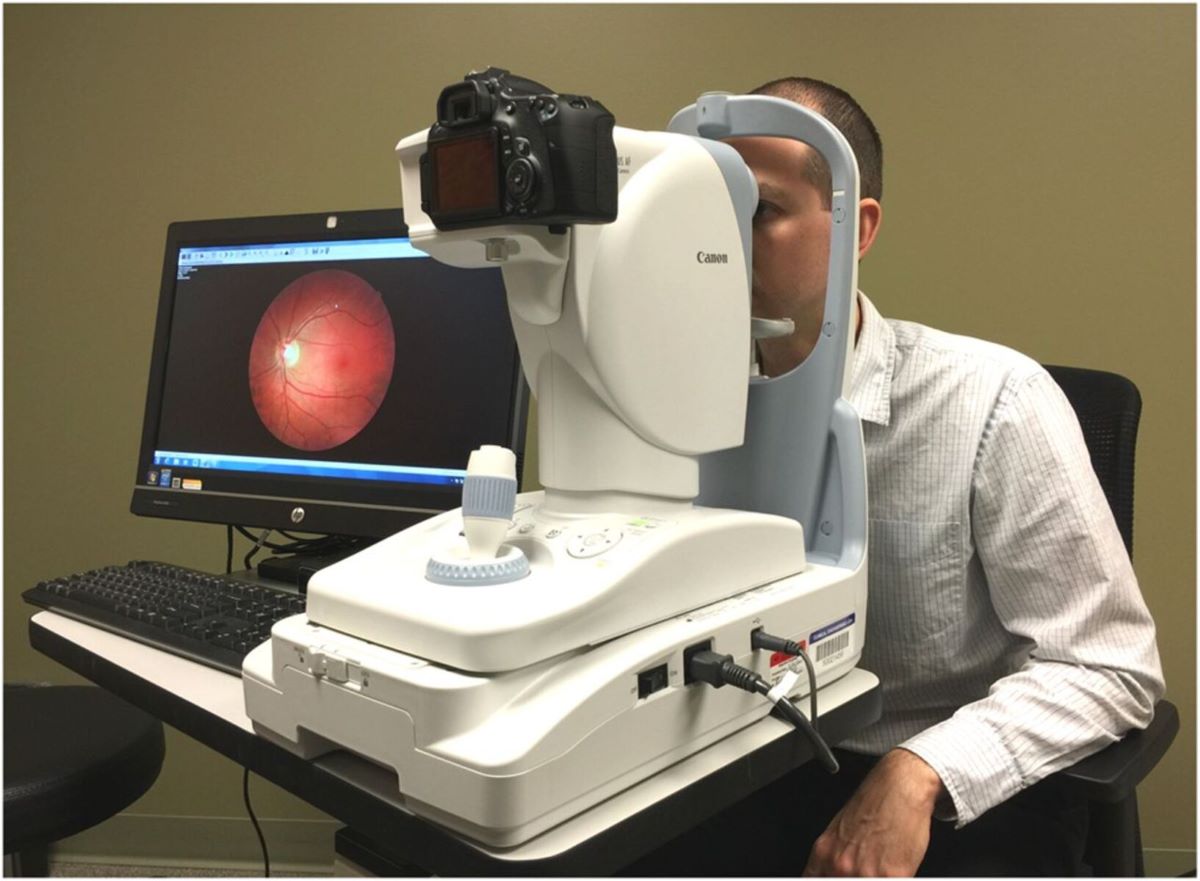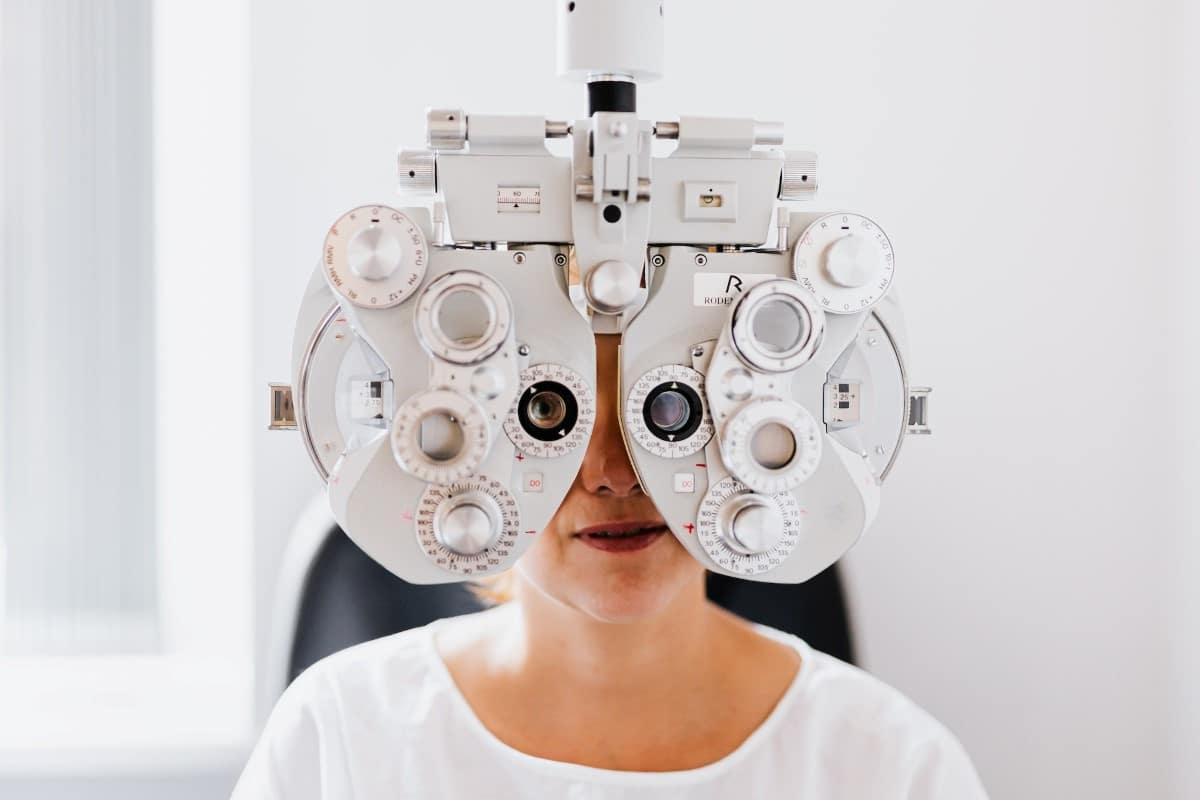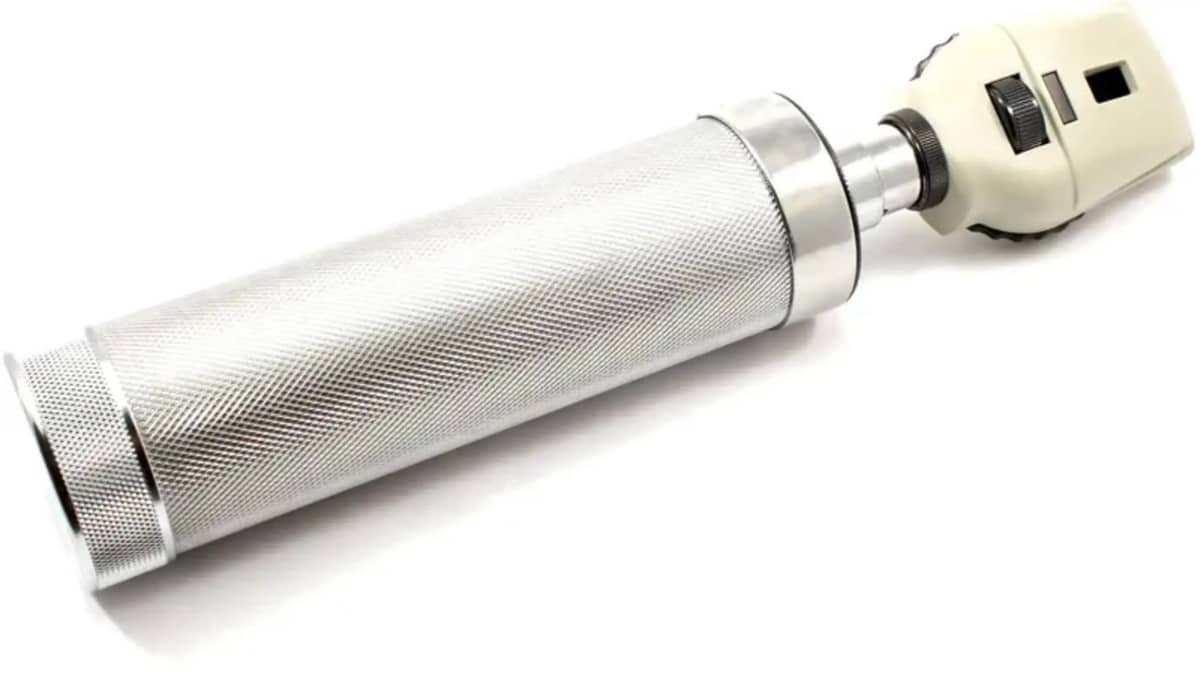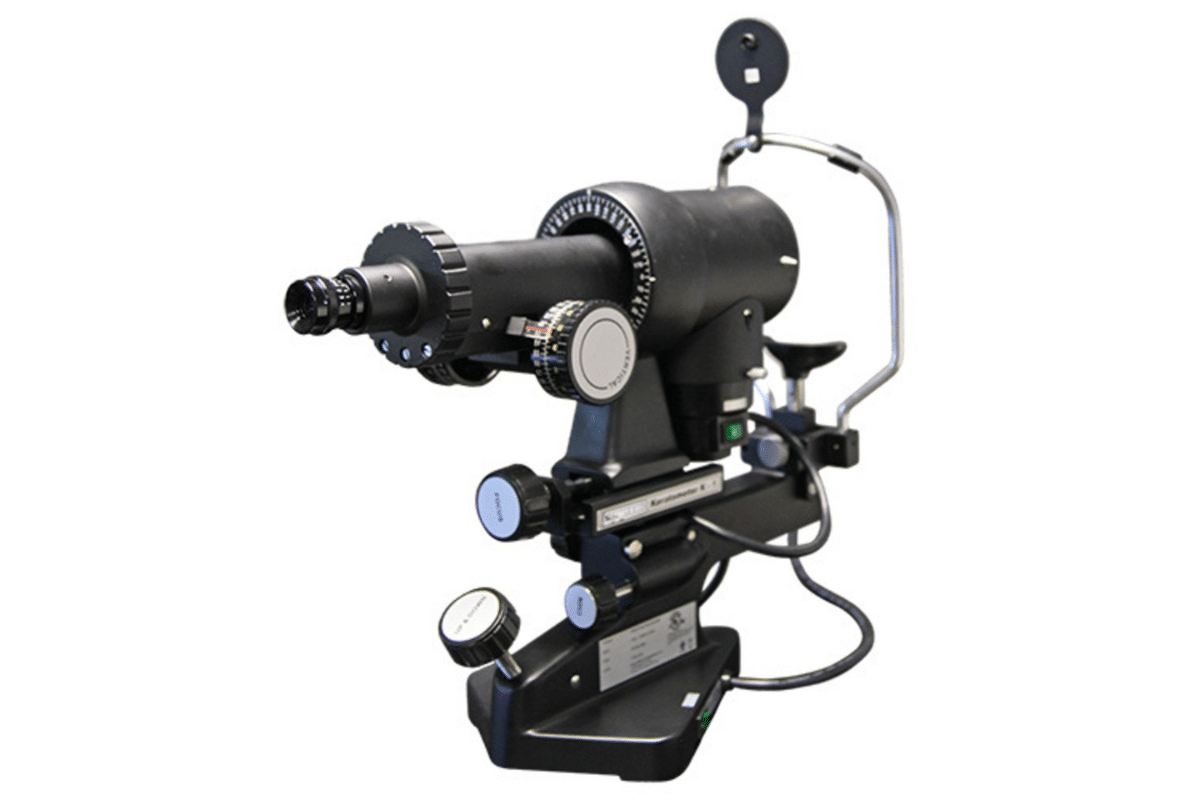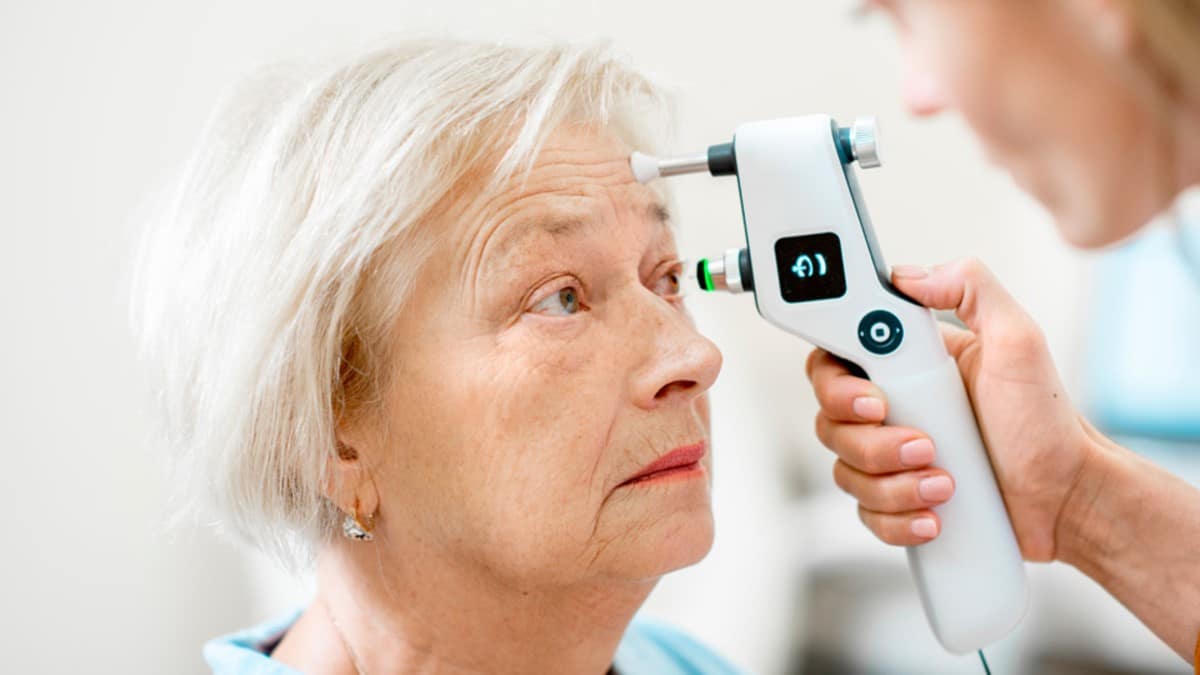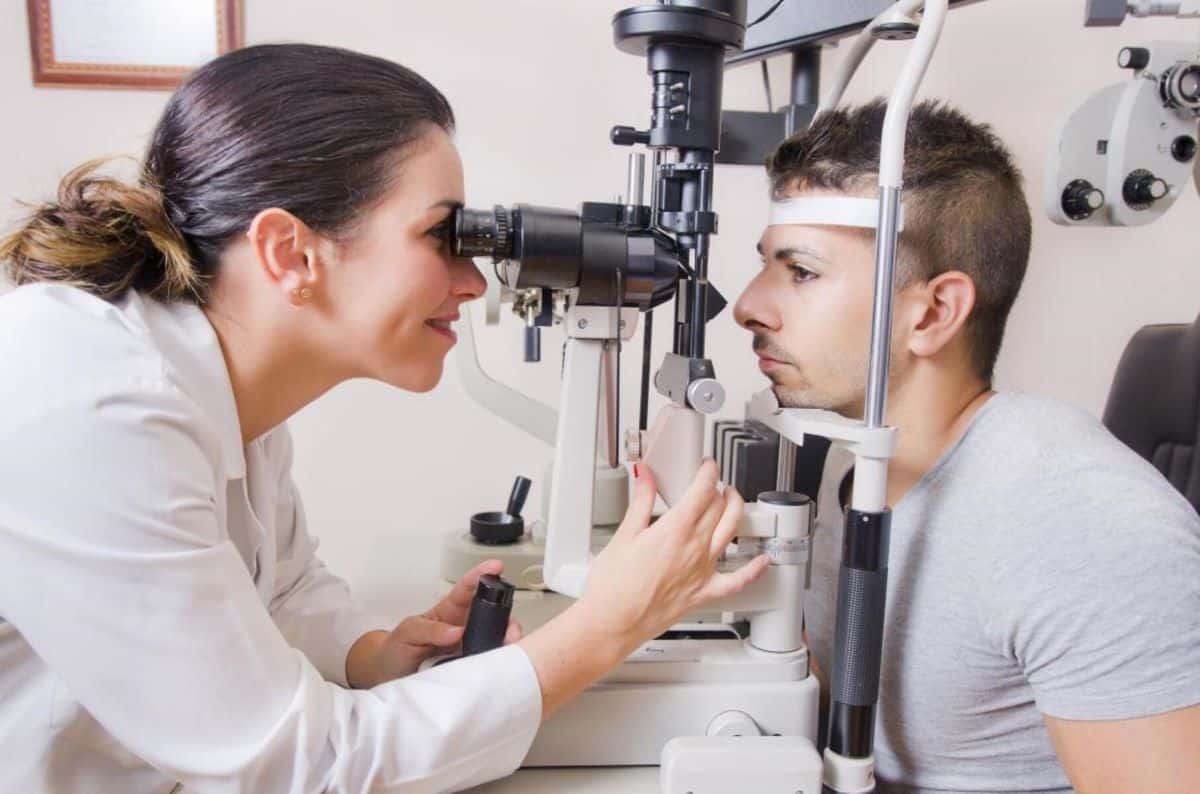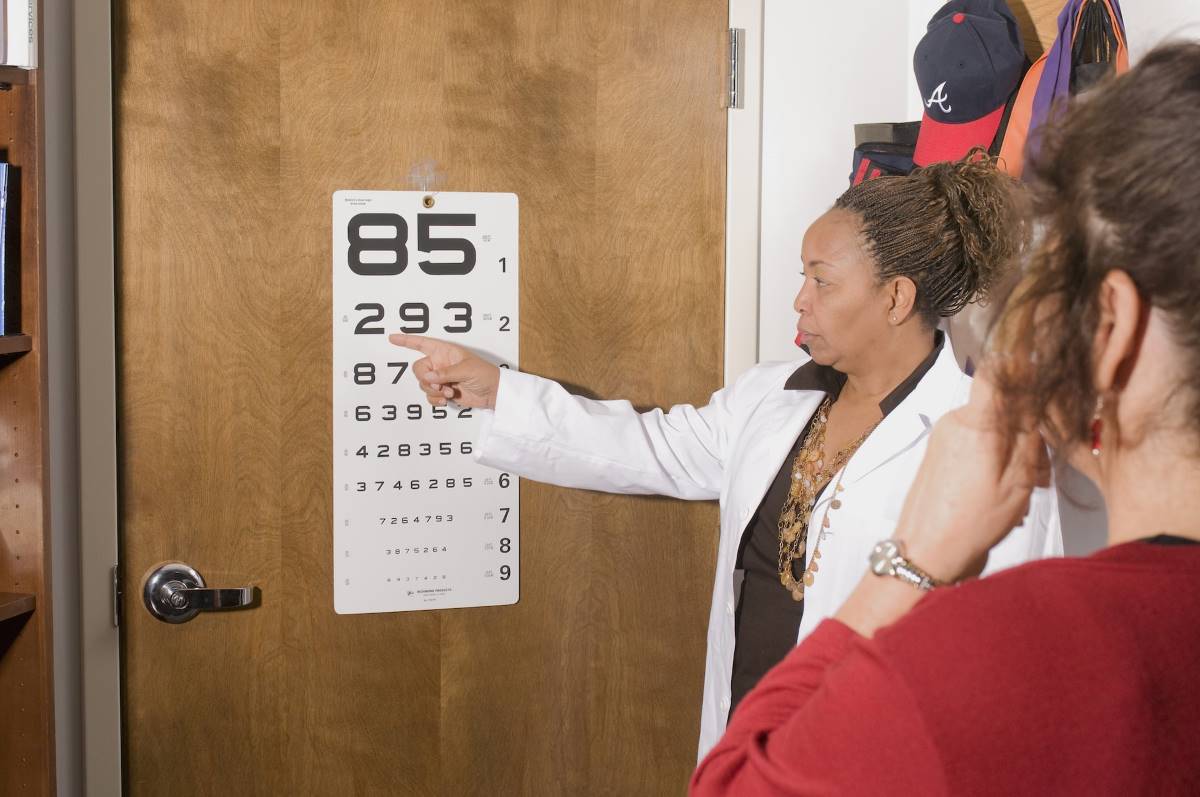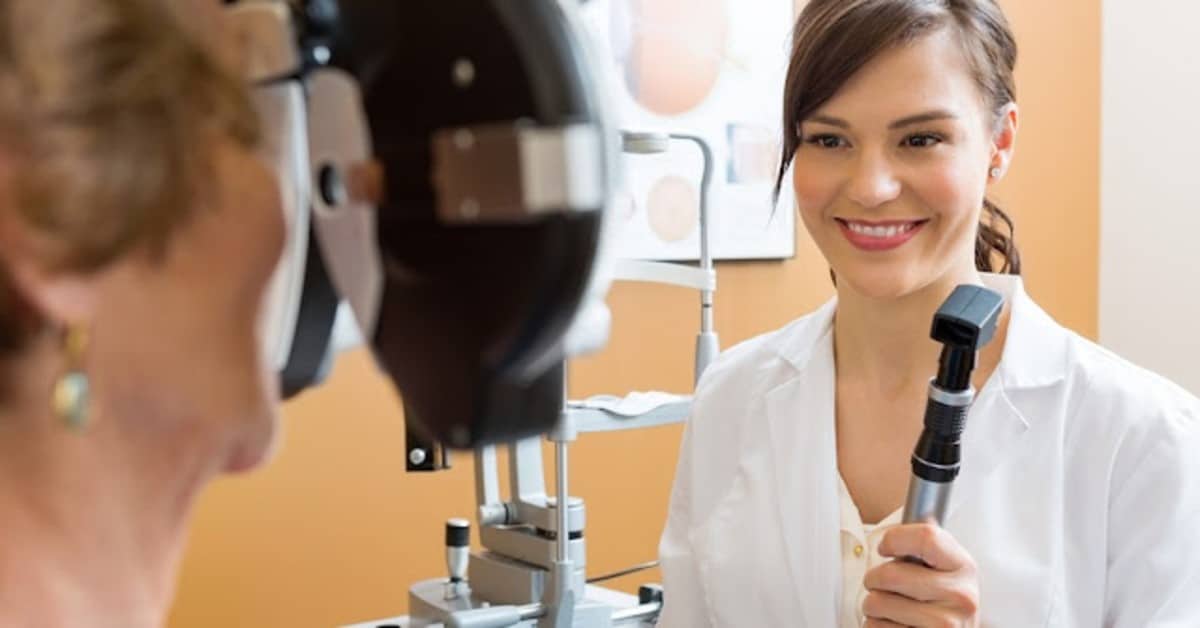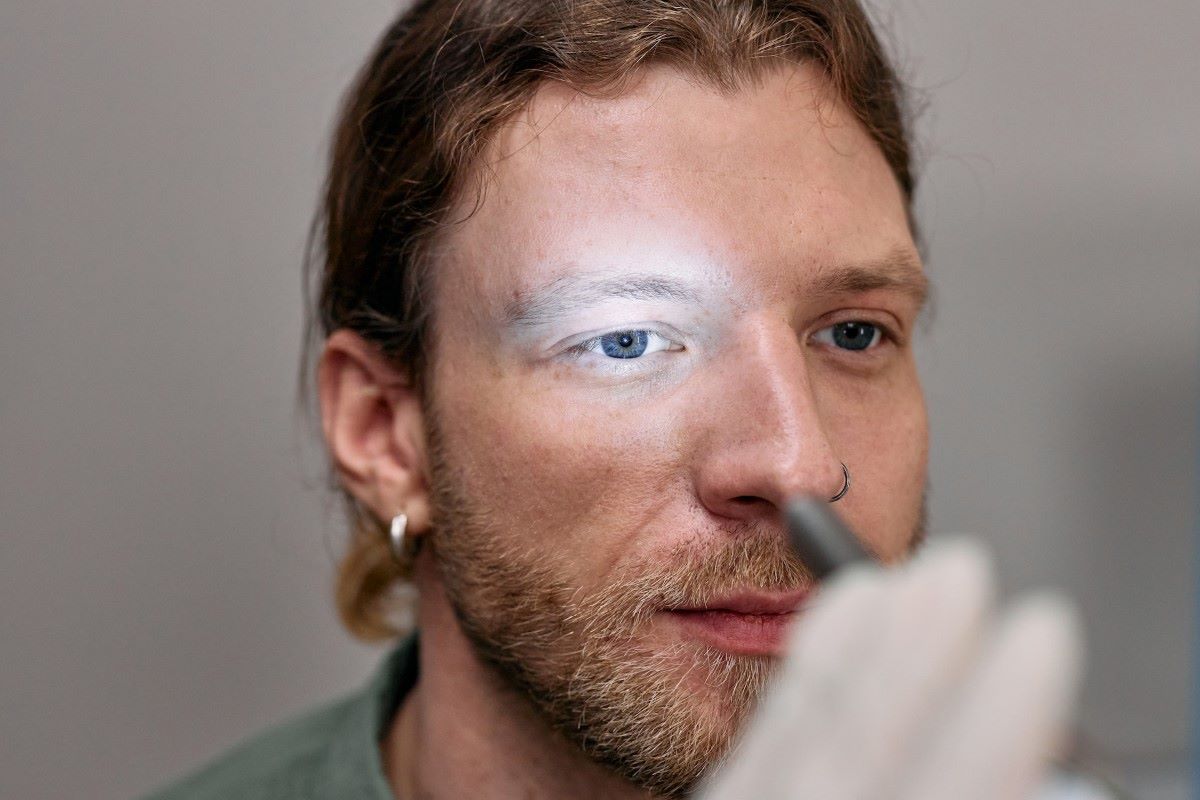What Optical Equipment Is Used during an Eye Examination?
Just as you need to visit the doctor regularly for a check-up to ensure your body is healthy, it’s important to go for eye exams to ensure your vision is in tip-top shape.
During an eye examination, a certified optometrist or ophthalmologist will use a variety of special instruments and techniques to evaluate how well you can see. Let’s go through the standard optical equipment used.
1. Retinal camera
Eye doctors use the retinal camera to take pictures of the inside of the eyes, specifically the retina. It works by shining a light into your eye and taking high-resolution photos for detailed images.
This will help detect any signs of damage or disease. It is quick, painless, and gives an accurate look at what’s happening inside your eyes for better diagnosis from your optometrist.
2. Phoropter
The phoropter determines the appropriate lens prescription for their patients. During an eye exam, the patient will look at an eye chart while the optometrist switches between different lenses on the phoropter.
The optometrist will use the information gathered from the patient, who identifies the lens combination that provides the clearest vision, to determine the appropriate prescription.
3. Ophthalmoscope
The ophthalmoscope examines the inside of the eye.
It has a light and a lens that helps the doctor see inside your eyes, akin to using a flashlight in the dark. Your optometrist may use it to detect any signs of damage or disease affecting vision, such as retinal detachment, or eye diseases, such as glaucoma.
4. Manual keratometer
The manual keratometer measures the curve of a person’s cornea. The cornea is located in the front part of the eye and helps focus light onto the retina. Its shape impacts how light enters the eye and is processed by the retina. In cases where the cornea is differently shaped, it can lead to a visual condition called astigmatism.
To check for astigmatism, the keratometer shines light into the eye and measures how it reflects off two mirrors inside the instrument.
5. Tonometer
The tonometer measures the pressure inside the eye to check for any signs of conditions like glaucoma. The “puff” tonometer is the most common type, which works by puffing air into your eye and measuring how it changes shape to check for pressure levels.
High pressure can damage the optic nerve, so this test helps detect early signs of glaucoma or other issues that could affect your vision health.
6. Slit lamp
The slit lamp examines the front and back of the eye in detail. It combines a microscope and special light that shines into your eyes, allowing the doctor to see different parts like the cornea, iris, lens, retina, and optic nerve. Your optometrist may use it to detect issues such as scratches on your cornea, damage to your retina, and conditions like cataracts or glaucoma.
7. Snellen chart
The Snellen chart measures visual acuity. Visual acuity determines how well one can see at different distances, and is recorded in the form of a fraction. For instance, having a 20/30 visual acuity means they can see the chart as clearly at 20 feet away as someone with “normal” vision would see it from 30 feet away.
The chart consists of rows of letters or symbols that get smaller as you move down the chart. Your eye doctor will ask you to read each row from a distance away and record your results.
8. Retinoscope
The retinoscope measures prescriptions for glasses or contacts. It shines a light into your eye and then looks at the reflection of that light on a nearby surface.
This helps figure out how the light enters your eye and focuses on your retina, then calculates an accurate prescription for glasses or contacts from there. Additionally, the retinoscope can help make necessary adjustments to existing prescriptions.
What to expect during an eye examination
Here’s a short summary of the process:
- Asking about your health historyTo start off, your optometrist will ask you about your family’s and personal health history, including any vision problems or diseases you may have had. This helps them understand potential risk factors for eye diseases and conditions.
- Doing a visual acuity testDuring a visual acuity test, you will be asked to read letters from a chart across the room. This will help your optometrist decide if you need a prescription for corrective lenses.
- Doing an eye health examThis helps the optometrist look for any signs of inflammation, infection, or disease. They may also use special lights and lenses to examine the inside of your eyes to look for signs of damage or disease.
- RefractionYou will be asked to look through different lenses. This will determine which lens combination gives you the clearest vision.
- Any additional testsDepending on your specific needs, the optometrist may perform further tests. This may include measuring your eye pressure to check for glaucoma or using unique imaging technology to look at the structure of your eyes.
In some cases, the results from your eye examination will determine that you need prescription eyeglasses. A valid eye prescription is required from your doctor so that you can get the best possible vision with your new visual aid.
Protect your vision: The importance of eye examinations
In conclusion, all the optical equipment used in eye examinations is crucial to maintaining good eye health and vision. Eye doctors use various optical equipment to help diagnose any issues and the best course of treatment.
As you can tell, each optical equipment plays a role in painting a full picture of your eye health. While your optometrist may not use all of them in a single exam, it remains crucial to schedule eye check-ups regularly to keep your prescription (if any) updated and to detect potential issues early.
Vision problems like cataracts, glaucoma, and age-related macular degeneration may lead to permanent blindness if left untreated or not detected early. So, if you can’t remember the last time you had an eye exam, now’s the time to schedule one soon!

Written by:
Angie Garcia











